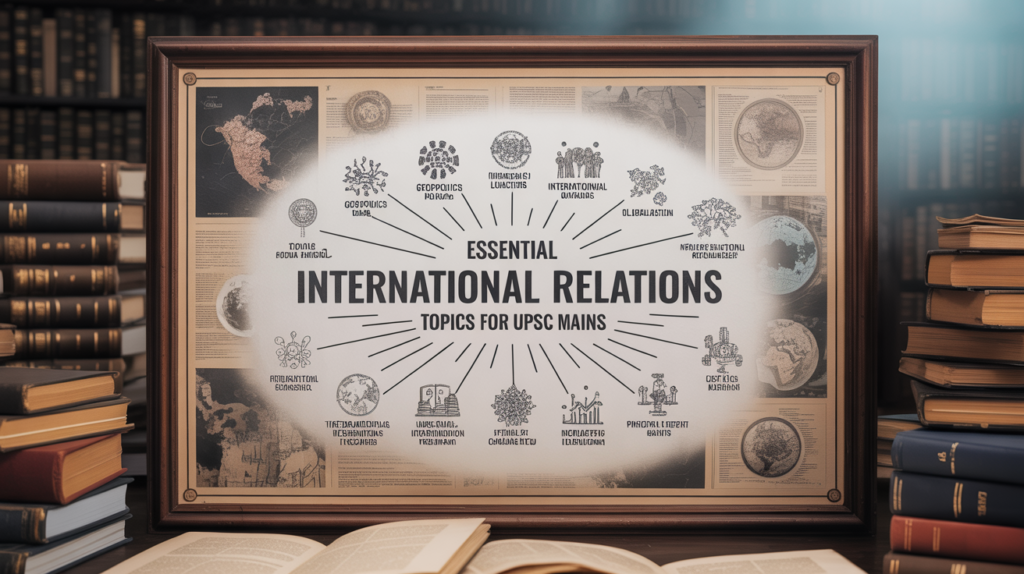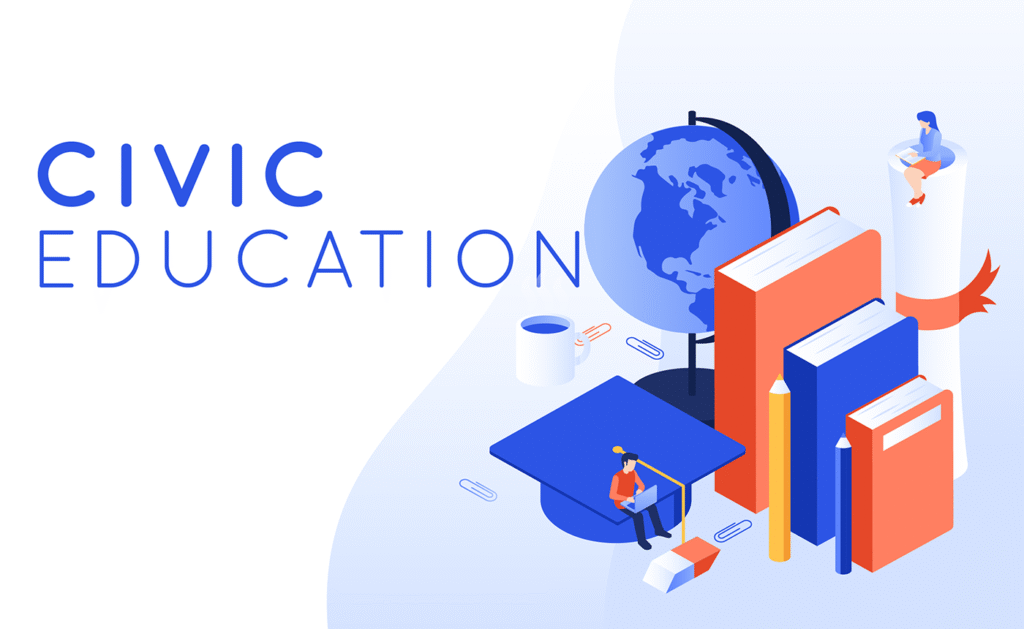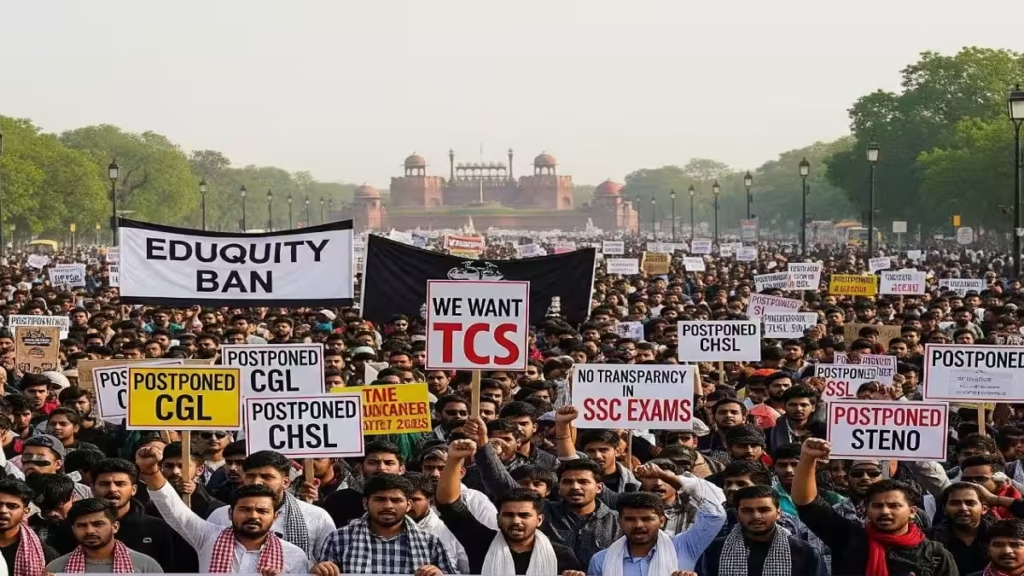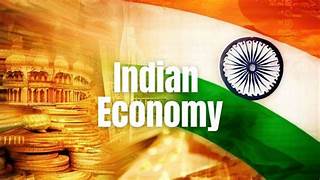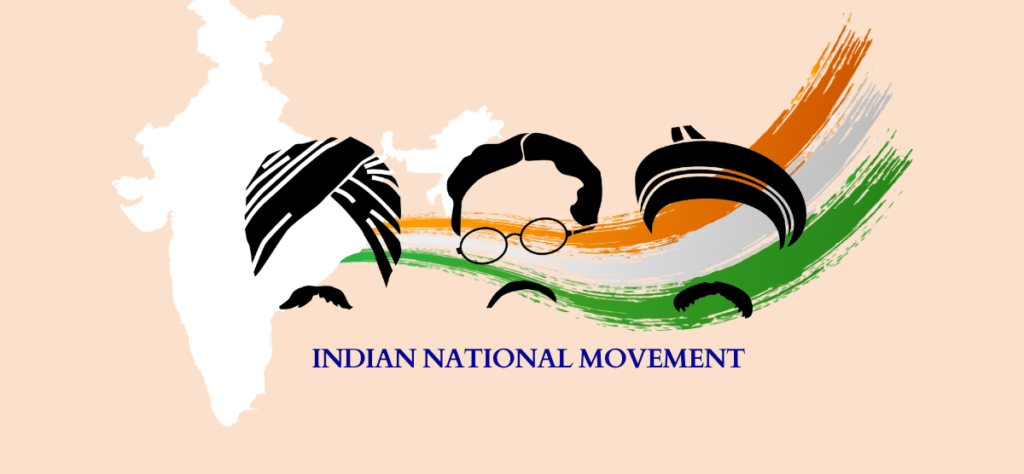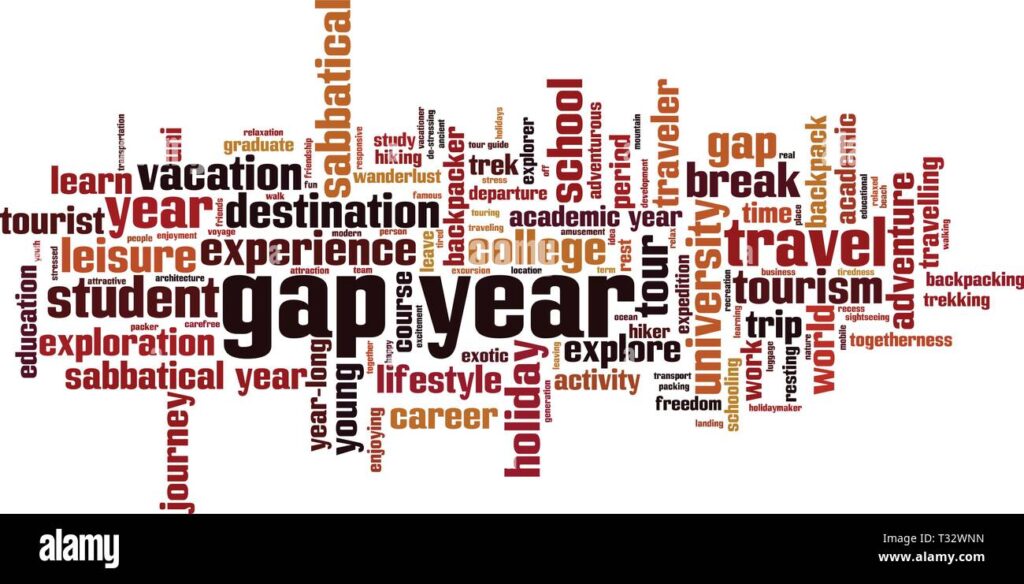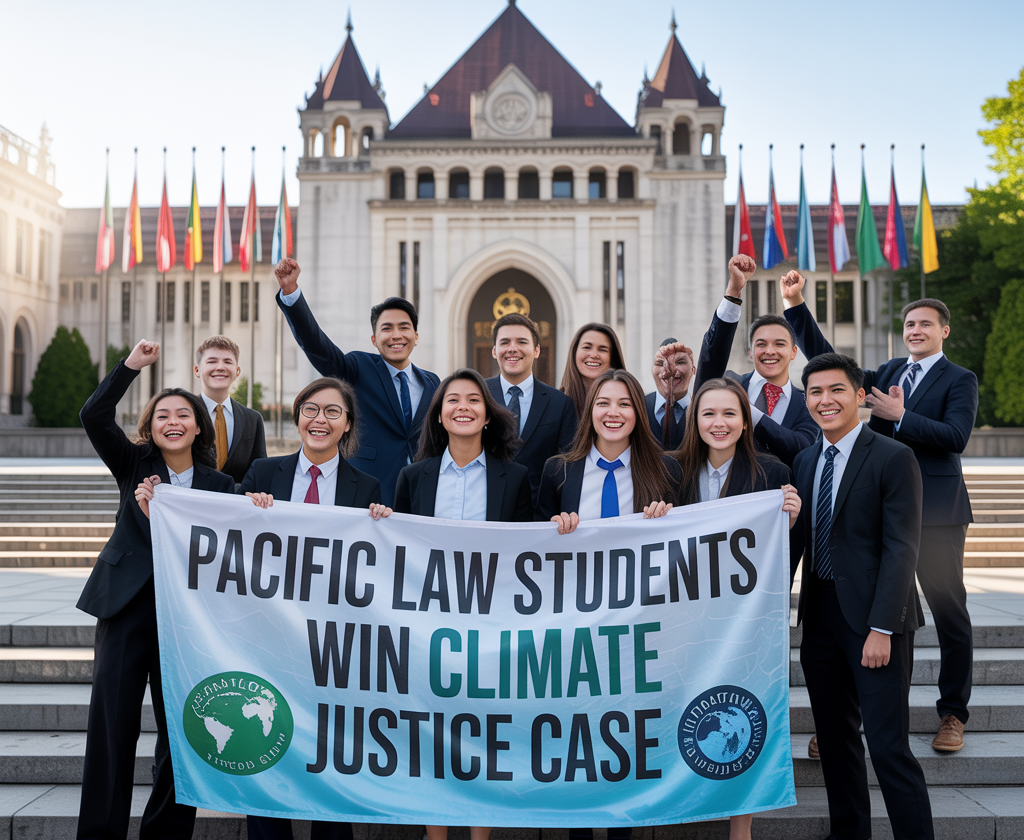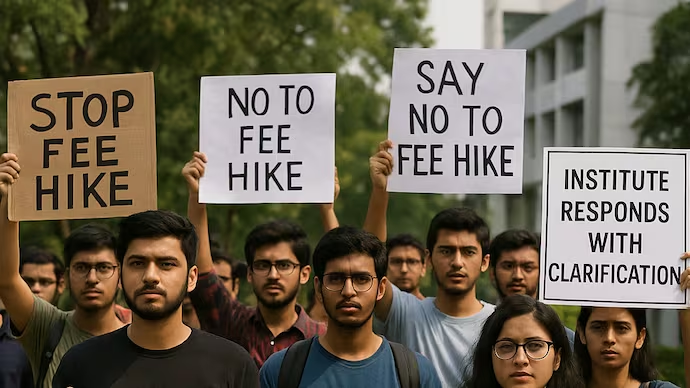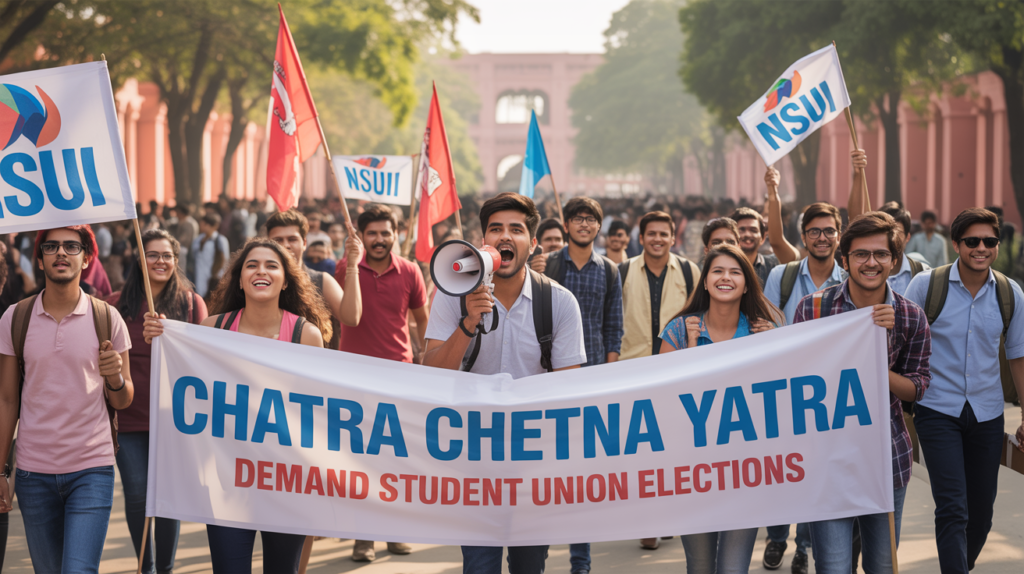Essential International Relations Topics for UPSC Mains: 2025 Must-Read Guide for IAS Aspirants
Essential International Relations topics for UPSC Mains International Relations (IR) has always been a vital section of the General Studies Paper II in UPSC Mains. With the changing global order, India’s foreign policy, strategic alignments, and international groupings have become highly dynamic. This makes it critical for aspirants to stay updated with the Essential International Relations topics for UPSC Mains. These topics often overlap with current affairs, governance, and global economics, giving aspirants a multi-dimensional advantage in scoring well. This blog explores the Essential International Relations topics for UPSC Mains in 2025, supported by relevant examples, trends, and potential questions that can help you structure your answers effectively. 📌 Why Focus on International Relations in UPSC Mains? The Essential International Relations topics for UPSC Mains are not just about memorizing events or treaties. They demand analytical thinking, linking current global developments with India’s diplomatic stances. It assesses your understanding of: India’s bilateral and multilateral engagements Strategic partnerships Role of international organizations India’s response to global crises 🧠 Top 10 Essential International Relations Topics for UPSC Mains (2025) Here is a list of Essential International Relations topics for UPSC Mains that are trending and highly relevant: 1. India-China Border Tensions Galwan Valley aftermath Ongoing LAC talks Impact on BRICS and SCO engagements 2. India-US Strategic Partnership Quad Alliance Defence cooperation under BECA, COMCASA, and LEMOA Indo-Pacific strategy and counterbalancing China 3. BRICS Expansion and India’s Stand Inclusion of new countries in BRICS India’s concerns over China’s dominance Role in promoting multipolarity 4. India-Russia Relations Amid Ukraine Crisis Energy security S-400 missile system Russia’s pivot to Asia 5. India and its Neighbourhood Policy Relations with Sri Lanka (after economic crisis) India-Bangladesh Teesta water dispute Nepal’s constitutional changes and border tensions 6. India and Global South Leadership India’s G20 presidency in 2023 and its legacy Role in WTO negotiations Vaccine diplomacy (Vaccine Maitri) 7. International Organizations and India UNSC reforms and India’s claim to permanent membership India at COP summits (Climate Change) WHO reforms post-COVID-19 8. Maritime Diplomacy and SAGAR Policy Indo-Pacific Oceans Initiative Naval exercises: Malabar, Milan Indian Ocean Rim Association (IORA) 9. India and West Asia Relations with Iran, Saudi Arabia, and Israel India’s balancing act in West Asia conflict zones Connectivity projects like INSTC, Chabahar Port 10. Global Tech Diplomacy India’s role in AI governance Cybersecurity cooperation Data sovereignty and digital trade at WTO These are the Essential International Relations topics for UPSC Mains that require in-depth understanding and regular updates from reliable news sources. 🧩 How to Approach IR Questions in UPSC Mains To write a high-scoring answer using the Essential International Relations topics for UPSC Mains, follow this framework: Intro: Define the context or current event. Body: Explain India’s position, challenges, and global implications. Analysis: Add quotes, committees, or international law references. Way Forward: Suggest policy-level or diplomatic measures. 📚 Key Resources to Prepare Essential International Relations Topics for UPSC Mains Source Usefulness MEA.gov.in Official statements, treaties The Hindu / Indian Express Editorials Opinion building Rajya Sabha TV (India’s World) Debates and expert views IDSA, ORF, and PIB In-depth reports and factual data Make daily notes and create flashcards based on the Essential International Relations topics for UPSC Mains for last-minute revisions. 📅 Monthly Planner for IR Preparation (August–October 2025) Month Focus Area August India-China, BRICS, G20 September Neighbourhood Policy, UNSC, COP October Global South, Maritime Diplomacy, Cybersecurity ✍️ Sample UPSC Mains Question (2025 Prediction) To help you practice better and align your preparation with likely trends, here’s a predicted UPSC Mains 2025 question based on current global affairs and syllabus relevance. This is crafted in the format of General Studies Paper II. Sample Question: “In light of the recent escalation of U.S.-India trade tensions and the evolving Indo-Pacific dynamics, critically analyze India’s foreign policy approach toward multipolarity and strategic autonomy.” ✅ Why This Question is Important: This question touches upon multiple sub-topics within Essential International Relations topics for UPSC Mains, including: India-U.S. bilateral relations (especially due to recent tariff hikes) Strategic autonomy in India’s foreign policy Multipolar world order Indo-Pacific strategy India’s balancing act between the West and Russia/China 🧠 Answer Structure (Model Approach): Introduction: Define strategic autonomy and multipolarity in international relations. Briefly mention India’s evolving position amid U.S.-China rivalry and Russia-West polarization. Body Paragraphs: a) Trade and Diplomacy with the U.S.: Mention the 2025 tariff tensions. India’s emphasis on tech, defense, and critical minerals with the U.S. Challenges in aligning with U.S. while maintaining sovereign policy choices. b) Indo-Pacific Strategy: Importance of QUAD and regional partnerships (Japan, Australia). Maritime security, freedom of navigation, and China’s assertiveness. c) Multipolarity & Strategic Autonomy: Engagement with BRICS, SCO, ASEAN. Continued oil trade with Russia despite Western pressure. Balancing regional aspirations without being a camp follower. Conclusion: Reinforce the relevance of a balanced, independent foreign policy in a rapidly shifting global order. Suggest a forward-looking strategy focused on resilience, diversification, and regional leadership. 🔍 Additional Pointers for Enrichment: Quote from India’s External Affairs Minister S. Jaishankar on “strategic autonomy is India’s DNA.” Mention India’s G20 presidency legacy and its push for “One Earth, One Family, One Future.” Include IR theories like realism vs. neo-liberalism for deeper perspective. ✅ Skills Tested: Analytical thinking Integration of current events with static IR syllabus Use of examples and data Coherent structuring of complex geopolitical themes 📝 Conclusion: Mastering the Essential International Relations topics for UPSC Mains is not just about memorizing bilateral visits or global events—it’s about developing a strategic understanding of India’s place in an evolving global order. As international affairs continue to influence national policy and internal governance, aspirants must stay updated with real-world developments, align their preparation with current affairs, and integrate key concepts such as strategic autonomy, multilateralism, and global South cooperation into their answers. With topics ranging from India’s role in BRICS, SCO, and the G20 to its nuanced diplomacy with global powers like the US, Russia, and China, Essential International Relations topics for UPSC Mains provide the framework to assess how India navigates challenges
